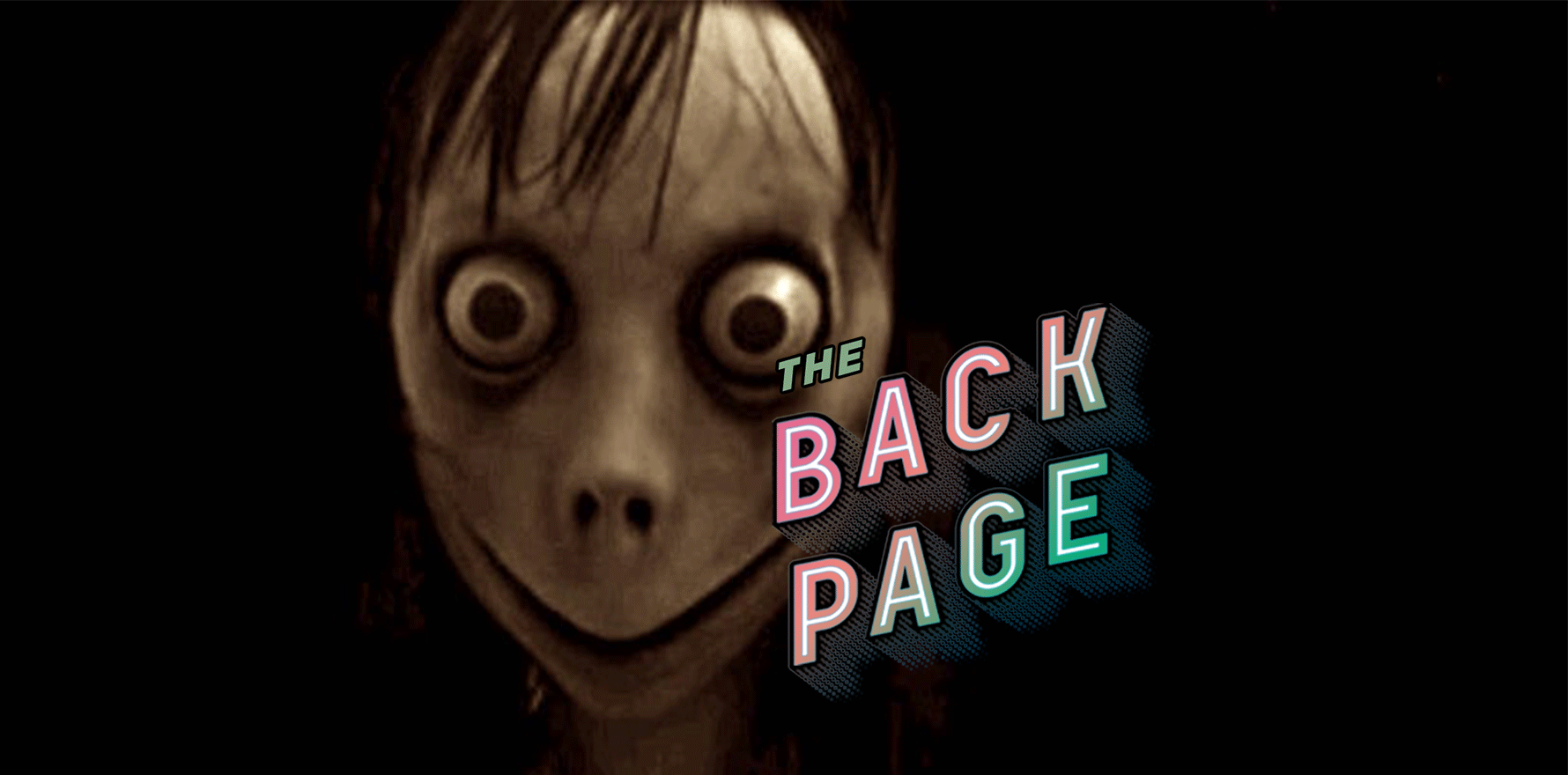If you want to scare these people it's a case of show, don't tell.
Aphantasia, the inability to create mental images, confers protection against scary and distressing stories, an Australian study has found.
Researchers from the University of NSW, in a study published in the Proceedings of the Royal Society B, decided to test the importance of imagery, as opposed to concepts, in producing emotions such as fear.
They took 46 subjects, put them in a dark room and presented them with frightening unfolding scenarios – being chased by a shark, falling off a cliff, or being in a plane that’s about to crash – in words on a screen, while measuring their skin conductivity via electrodes.
Half the subjects were aphantasic. Their skin conductivity “flatlined” while the others’ went up and up.
When shown scary images, however, there was no difference between groups.

The study was apparently prompted by a Reddit thread on how reading scary fiction was pointless for people with aphantasia.
“We found the strongest evidence yet that mental imagery plays a key role in linking thoughts and emotions,” says Professor Joel Pearson, senior author on the paper and Director of UNSW Science’s Future Minds Lab.
“In all of our research to date, this is by far the biggest difference we’ve found between people with aphantasia and the general population.”
Now you know who’ll be absolutely no fun around your next campfire.
If you see something scary, whisper it menacingly to felicity@medicalrepublic.com.au.


